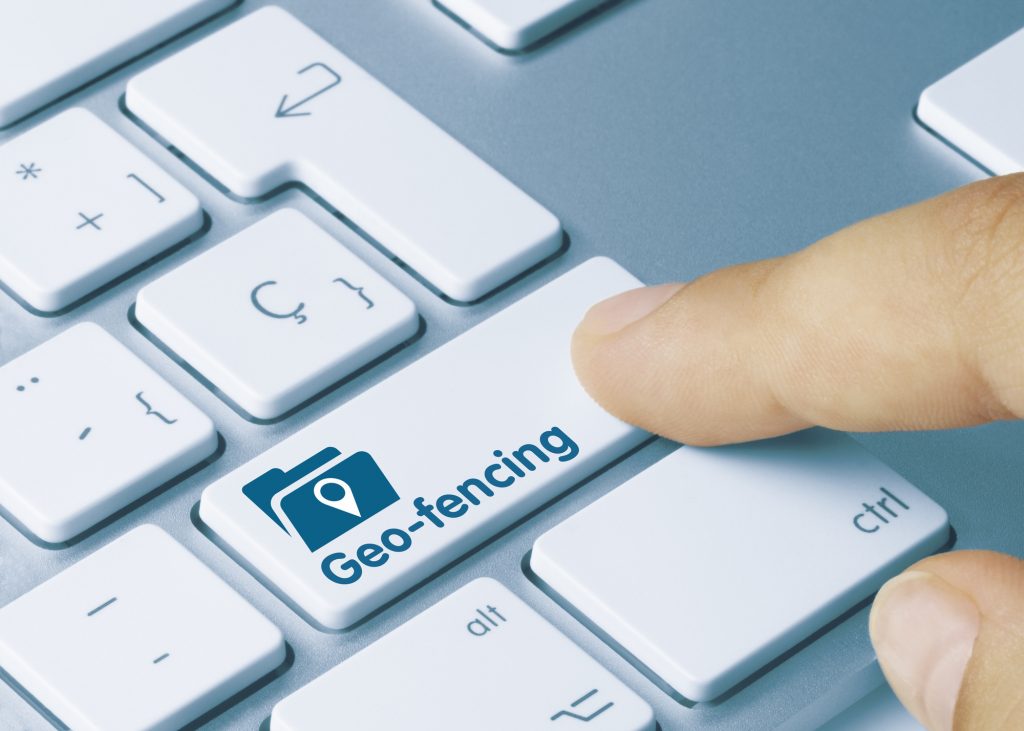
By 2022, the geofencing market will reach $1.8 billion. Want to know how your business can take advantage of mobile geofencing too? Keep reading to learn what it is and how it works.
What Is a Geofence?
In simplest terms, geofencing is location-based marketing. Marketers use GPS or RFID to create a specific area to target with their messages. It’s like an invisible fence that sections off a geographic marketing area.
How Does Geofencing Work?
In a nutshell, here’s how geofencing works. A business creates a geographic area to communicate with. When a user enters or exits this area with their mobile device, it triggers a defined action. These actions can include:
- Text Messages
- Email Alerts
- App Notifications
But, mobile users must give permission by opting into location services for this to work.
Some types of actions are:
- Security and weather alerts
- Coupons for local businesses
- Store specific information once inside
If you have a local Walmart and also have their app installed on your mobile device, you’ve likely experienced an example of hyper-local geofencing. The pop-up on your phone while shopping, giving information about the store, is one such type.
Benefits of Mobile Geofencing
Geofencing is desirable to both businesses and end-users. While it’s an opportunity to generate more sales and clients for you, it also provides helpful custom options for consumers. Your business grows, and your customers receive better services at the same time.
Offering special deals for shoppers when they enter your store or the surrounding area increases the likelihood that a user will come in and shop. You can even set a geofence around your competition’s location with a special offer, enticing the customer over to your business instead.
Keep in mind that even if a geofence alert doesn’t produce immediate results, it helps in refining future offers. Information such as knowing where a user was when they received your offer and their reaction to it is vital for creating better results next time.
Real-life Examples of Geofencing
Here are some examples of geofencing in use in the real world. These examples might help you brainstorm ideas on how you can use geofences in your business.
Security
Geofencing technology used to check activity in specific areas lets businesses see when individuals enter or leave.
Employee Monitoring
This type of use lets employers automate time cards, track company vehicle use, and disable certain technologies that they don’t want employees using on company time.
End-user Customization
Even end-users can choose to set up their own geofence. A quick example of this is setting up a phone to unlock while at home. Some apps, like iOS Reminders, allow the user to choose notifications and actions based on the location they are in.
Tracking Tool
Geofencing is an effective method to track livestock, drones, and shipping vehicles.
Event Engagement
Concerts, festivals, and fairs use mobile geofencing as a way to engage participants during the event. Delivering unique information or evoking social media posts are two such uses.
Next Steps
Now that you understand mobile geofencing basics, sit down and come up with a plan to include it in your next marketing strategy. To start, you need to define your end goals, geographical locations, and what forms of communication you want to share with consumers.
Want more information? Keep reading our articles to learn about mobile geofencing and marketing in a digital age.

